 By: Alejandro Covarrubias
By: Alejandro Covarrubias
Citi Banamex
Renata Herrerías Franco
ITAM
Until the last decade of the twentieth century, traders of all financial intermediaries determined benchmark prices of traded financial instruments using their own methodologies and computations. Thus, investors faced the possibility of buying at unfair prices if, at the time of settling the order, there was a disparity between the selling price and that determined by the trader. This problem was even more acute in the case of instruments that required several pricing assumptions, causing potential ambiguities in price determination.
Today, the employment of price vendors is fundamental in the financial markets, particularly in the derivatives and money markets, where pricing is a very complex process. For example, in the futures market , it is necessary to rely on correct prices in order to determine the margin accounts’ balances and, if necessary, execute margin calls whenever balances are below the minimum requirement.
The margin account covers possible price fluctuations of each contract and its adjustment process is known as marking to market.
As for the other financial markets, the price vendor plays a very important role in determining other risk factors such as interest rates, exchange rates and indexes, and stock prices. Information produced by the price vendor is a useful resource of strategic value to all departments with trading activities, which in turn are an essential part of the financial intermediation process. In particular, the department within a financial intermediary responsible for the management of price information is usually called “financial parameters area” and is part of that unit in charge of market risk control.
The creation of price vendors
On August 9, 1999, the Comisión Nacional Bancaria y de Valores (National Banking and Securities Commission, CNBV) issued the rules regarding price vendors; and it was until the year 2000 when three companies were created with the task of providing market participants with the regular and professional services of computation and determination of updated prices for the valuation of financial instruments.
Eventually, the three vendors became just two: Valuación Operativa y Referencias de Mercado, S.A. de C.V. (VALMER) and Proveedor Integral de Precios (PIP). These are two Mexican companies highly regarded, not only locally, but in all Latin America, due to their contributions in the production of information and financial instruments pricing.
The concept of price vendor was already indispensable in the twentieth century, given the fast development of information technologies experienced worldwide, particularly in the last three decades. In particular, the Bolsa Mexicana de Valores (Mexican Stock Exchange), in the 90′s experienced a rapid transformation, due to the adoption of advanced systems, the development of new financial instruments, and the standardization of its operating processes to international standards. Such process allowed the surge of more complex financial instruments in turn requiring sophisticated pricing processes. For example, the growth experienced in the mutual funds market made necessary, not only the professionalization of price generation, but also the inclusion of a third party that would evaluate in an impartial way, the determination of fair prices.
The price vendor’s evolution
With time, price vendors have improved their operations, by implementing quality control management and making sure each task is performed properly, following quality standards and delivered on time, thus satisfying and exceeding their customers’ expectations and requirements.
Among the products and services provided by price vendors we find: the daily reporting of relevant and complementary information for pricing, performance measures, tools for comparative analysis of returns, as well as other useful inputs and indicators. In addition, they produce valuations and related information of all instruments traded in the Mexican financial market, international markets and private offerings required by any intermediary or any commercial or industrial enterprise. Price vendors also provide financial institutions with information relevant to their integrated risk management processes in areas such as market, credit, operational and liquidity risk.
The permanence and strength of existing price vendors is due to their joint ventures and acquisitions. PIP originated as an association between Enlace Int, S.A. de C.V., a well-known interbank broker and COVAF, S.A. de C.V., a leader in the valuation of Sociedades de Inversión (mutual funds), SIEFORES (pension funds), and institutional portfolios. VALMER is the product of an alliance between the Mexican Stock Exchange – which provides integrated services for the operation and development of financial markets -, and Algorithmics Inc., a worldwide leader in risk management solutions, and the acquisition in 2007 of a Brazilian company called Risk Office, a financial risk specialist.
The influence of price vendors is noticeable in Latin America. PIP has a presence in Colombia, Costa Rica, and Peru, while VALMER expanded to Brazil, Chile, Colombia, Costa Rica, and Panama.
The current position and importance of price vendors is also due to the high degree of customer involvement. When a new price requirement or risk measurement process is to be established, representatives of both the client and price vendor participate actively.
There is also the possibility of “price objection”: before a given piece of information becomes official, the client has a window to demonstrate to the price vendor any discrepancies in prices, rates, and risk factors that are relevant in the valuation and are also monitored by the client.
Each price vendor offers competitive advantages that distinguishes them. The financial intermediaries market also has allowed them to develop a balanced positioning. Given that there is no unique vendor, a monopoly of price information and its consequences are averted.
PIP and VALMER employ the financial body of knowledge available to stock market participants and any discrepancies are explained by the degree of specialization required to attend to each type of clients’ needs.
Considering the most important financial intermediaries in the Mexican market, we can observe that PIP works with Banamex Citigroup, while VALMER works with Bancomer.?
Conclusions
The experience generated by the standardization and fair-price determination will be beneficial to the corporate and business sectors. Listed companies are facing important changes since, starting in 2012, they will be required to report under IFRS. In consequence, these companies need standardized prices for those financial instruments or derivatives that must be filed to the authority in financial reports. Furthermore, these prices must be obtained from a price vendor. Relying on world-recognized price vendors gives security to investors and helps markets operate in a more efficient and fairer way for all their participants.
Bibliography
- Comisión Nacional Bancaria y de Valores, Disposiciones aplicables a los proveedores de precios, 9 de agosto de 1999, México.


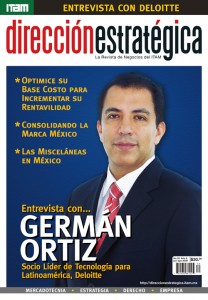





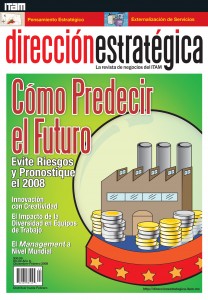



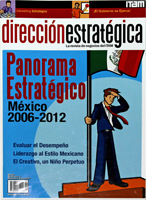
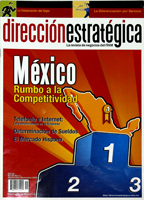




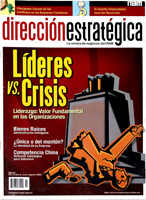






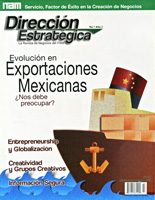


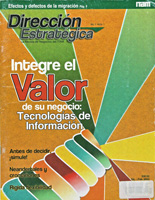

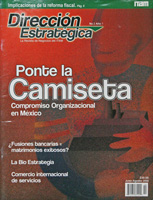

One Comment
Quizz para los autores. Parece ser que en el 2003, Valmer adquirió una pequeña proveedora de precios que no mencionan en su artículo. ¿Cuál era su nombre?